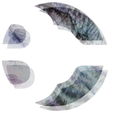|
The Future is Beautiful, edited by Amisha Ghadiali and featuring artwork by Illustrating Rain, is “an invitation to you, wherever you are in the world, to imagine the future” and to “inspire us to build it with you.” Contributors include Daisy de Villeneuve, Illustrator and Writer; Dan Snow, TV Historian; Graham Hill, Founder of Treehugger; Katharine Hamnett CBE, Fashion Designer; Lucy Siegle, Journalist and TV Presenter; Wayne Hemingway MBE, Fashion Designer & Curator; June Sarpong, TV Presenter and Entrepreneur; Ed Gillespie, Co-Founder of Futerra Sustainability Communications; and myself. Launching on May 11th 2016 at the Ace Hotel in London, The Future is Beautiful will be available as a free ebook, and in hardback and softback. www.thefutureisbeautiful.co “What keeps us trapped by the mistakes of the past? Often it is the inability to imagine the world being truly different, a lack of example or inspiration to follow, or simply not believing that we can make a difference. The Future Is Beautiful from Think Act Vote has a cure for each of these ills.” Andrew Simms, New Economics Foundation Join us for BioChanges #5 ‘Superorganisms’ at The Royal College of Art, 1900hrs on April 18th 2016.
TALKS & PANEL DISCUSSION WITH
PECHA KUCHA & BEERS at RCAFE Afterwards you are invited to the RCAfe, where refreshments will be served and BioChanges will be hosting our first Open Pitching event, where people looking for collaborators for their projects, can pitch proposals and meet other members of the BioChanges audience interested in getting involved. BIOCHANGES BioChanges is a non-profit, interdisciplinary community for collaboration between academic and private biomakers, design engineers, bioartists, biomedical researchers, fashion designers, entrepreneurs, architects, and bioengineers, interested in investigating emerging ideas, projects, and opportunities within the fields of biomaker spaces, 3D Organ Printing, synthetic biology, and biodesign-engineering.” Find out more and book tickets at the link below: http://www.meetup.com/BioChanges/events/230336657/ The inaugural World Biomimetic Challenges and Awards aim to strengthen an emergent field and to connect outstanding projects from near and far. WBCA will recognise projects in prototype, final development, or deployment, which are based on a concept, technology, product, service or process intended to meet a real-world challenge.
Entry projects must exhibit a connection between a biological mechanism, process, pattern and/or system and the final solution developed. WBCA’s Advisory Committee is an international network of recognised biomimetics and innovation professionals who will select the finalists from which those attending the World Biomimetic Challenges & Awards conferences will select the winners. I am delighted to have been invited to become an Honorary member of the WBCA Advisory Committee, and look forward to joining peers including Prof. Nel Hofstra of Erasmus University Rotterdam, Dr. Jordi Pigem of University of Barcelona, Prof. Stefano Mancuso of University of Florence, Dr. Elisabet Sahtouris of the World Business Academy, Assoc. Prof. Carlos Alberto Montana Hoyos of University of Canberra, and Dr. Daniel Christian Wahl in selecting the challenges and awards’ finalists. Find out more about the WBCA at the link below: https://www.biomimeticchallengesandawards.com Come join Prof. Rachel Armstrong, Professor of Experimental Architecture at University of Newcastle, Emma Flynn, Associate / Research & Development Lead at AStudio, and I as we explore Future Materials & Systems at Vision London: The Future of the Built Environment, taking place at Olympia, South Kensington on Tuesday June 7th 2016.
BIODESIGNED BUILDING FUTURES Time: 15:10 - 15:40 Location: Theatre 1 Speaker: Melissa Sterry
BIO-RESPONSIVE FACADES Time: 15:50 - 16:20 Location: Theatre 1 Speakers: Prof. Rachel Armstrong and Emma Flynn.
PANEL DISCUSSION AND Q&A Time: 16:30 - 16:50 Speakers: Melissa Sterry, Prof. Rachel Armstrong, and Emma Flynn.
Find out more and reserve your place at the link below: http://www.visionlondon.com Exchange/Kate Bajic: Lichenology, a touring exhibition, explores a common, yet often overlooked composite organism - lichen.
Lichen comprise fungi and algae working in symbiosis, the former of which form the protective structure of the organism, the latter harnessing its capacity for photosynthesis to - all intense and purposes - power the organism’s metabolism. One of the oldest living things to have colonised land, lichens might be considered a pioneer species, for upon taking up residence on a surface, such as a mountainside, they create conditions suitable for other life forms to grow and thrive. For example, they release nutrients including nitrogen and phosphorus, both of which are fundamental to the existence of flora diversity. Populating the surface of both natural and man-made structures throughout rural and urban habitats, lichen, or more specifically, its diversity and condition, can serve as a bio monitor, as most species are highly sensitive to air pollution. Lichenology presents these, and many more thought-provoking facts about the composite organism, and in doing so it points the way to lichen’s dynamic role in our future towns and cities. Hand-in-glove with bioscience, the exhibition presents bioart, in the form of the intricate and delicate designs of Kate Bajic, who in 2013 embarked on a Masters researching and developing a lichen-inspired jewellery collection (above and below). Her work “portrays the physical, chemical and functional aspects of specific lichen”. On show at the Royal Botanic Gardens Edinburgh until May 15th 2016, Exchange/Kate Bajic: Lichenology is well worth a visit. Read more at the link below: http://www.rbge.org.uk Menagerie of Microbes, currently on show at the Laboratory Gallery, Summerhall, Edinburgh, curated by Heather Barnett and James Howie (ASCUS Lab), explores the extraordinary world of microorganisms and some of the thought-provoking possibilities they present for design, ecology, and health. On show until May 13th 2016, Menagerie of Microbes features works by Heather Barnett, Anna Dumitriu, ecoLogicStudio, Patrick Hickey, Simon Park, Sarah Roberts, Urban Morphogenesis Lab, and the ASCUS Lab. Part of the official programme of the Edinburgh International Science Festival, I much recommend taking the time to visit if you can. Programme extracts: “As we go about our daily business we are surrounded by vast colonies of microorganisms, thriving communities existing largely out of sight. They may be small, yet in terms of impact and numbers, they represent the predominate form of life on earth. Combining works from different disciplinary perspectives, the exhibition also reveals different modes of creative inquiry - how we observe and interact with the natural world, and how we work with biological materials and systems in order to create, question or communicate.” For more information visit: http://www.summerhall.co.uk/2016/menagerie-of-microbes/ Arthur's Seat b.I/O.power station (above). "A project by ecoLogicStudio [Claudia Pasquero and Marco Poletto]. Part of a design research in Urban Biotechnology conducted at the Urban Morphogenesis Lab, UCL London and the Aarhus School of Architecture, Aarhus, Denmark. Formed by the mighty power of a volcanic explosion in the Carboniferous age, then remodelled by the relentless action of glaciers in the Quaternary period, the peaks of Arthurs's Seat are now once again transformed, this time by human technology in the new age of the Anthropocene. While solar and wind energy still sweep across the surface of the mountain and marine mist incessantly moist its bio-diverse organic cover, the Urbansphere of Edinburgh has expanded its bio-digital branches around and across it. Carving a dense web of redundant energy paths, these new power lines meet in a multiplicity of emergent nodes where the flows of information, matter and energy are at the highest level. These networks function like distributed autonomous brains, embedded in the landscape that they help reshaping, always seeking to optimize their ability to absorb and metabolize the renewable energy that wind, sun and water tirelessly deliver to the most beautiful mountain of Edinburgh. As these autonomous creatures learn to inhabit it a new bio-digital stratum forms and thickens, hosting an ever larger amount of bioactive and photosynthetic species. As the amount of renewable resources and biomass increase so does the complexity and robustness of the bio- energy network; Ultimately is complexity reaches a critical mass when it is capable of sustaining more complex and demanding forms of life such as the ones characteristics of urban systems. A new kind of urban powering station is born, no longer separated from the city and its pulsating centre, no longer segregated from its natural substratum, rather capable of re- synthesizing both in a new form of bio- technological life, inhabiting the emergent global Urbansphere." The Underground Movement by Patrick Hickey (above)
A display of "living artworks of vibrant colour, texture and form, using naturally occurring moulds and bacteria. Techniques involve ‘bio-lithography’ - the printing of text and images using pigmented / bioluminescent bacteria - where the canvas is agar growth medium and the paint is living microbial colonies. Laboratory equipment and glassware provide housings for a series of microcosms and illuminated objects containing natural fluorescent proteins. Of particular interest is the cellular communication within microbial colonies, and the ability to transmit information through living cellular networks and potentially store data." Not to be missed if dropping in on the Royal Botanic Gardens Edinburgh is the small, but perfectly formed exhibition 'A Microscopic Voyage: Into the Plant Cell', which takes visitors on a journey into the minutiae of forms and structures of various flora types to be found on land and sea.
Find out more about the exhibition at the link below: http://www.rbge.org.uk For folks that love flowers, there is no better time to visit botanical gardens than spring. Last month I explored the world renowned Royal Botanic Gardens Edinburgh, which originally founded in 1670 as a physic garden, now comprise 70 acres of sumptuously landscaped grounds, just a mile from the city centre.
The second oldest botanic garden in Britain, today, the RBGE's living collection is comprised more than 13,302 plant species, with more than 3,000,000 species preserved in its herbarium. The RBGE also boasts a colossal collection of botanical and horticultural resources, including 70,000 books, and 150,000 periodicals. Of the many wonders in its sprawling gardens, the rhododendrons (pictured above and below) are truly spectacular. Equally enthralling are the garden's famous glasshouses, the most majestic of which are the Tropical Palm House, which was the largest structure of its kind in Britain when it opened in 1834, and the Temperate Palm House, which was built slightly later, in 1858. Find our more about the RBGE at this link: http://www.rbge.org.uk/ On the evening of March 29th I joined University of Glasgow's Prof. Richard Mitchell, and director of architectural practice Biomorphis, Pierre Forissier, to discuss the potentialities of biologically and ecologically sensitive approaches to architecture and city planning.
Hosted by the Edinburgh International Science Festival, as part of its On Built Environment series, which is supported by Scotland's Year of Innovation, Architecture and Design, and also part of the Festival of Architecture 2016 programme, the event comprised presentations by Mitchell, Forissier and myself, followed by a Q&A, and hands-on activity session. Forissier discussed his practice's proposal to create a 'Leaf Walk' bio-bridge in Edinburgh, which met with much approval from the 70-strong public audience. Mitchell divulged compelling evidence of the value to human health and wellbeing of flora in the city, building a robust case for more biophilic spaces in Edinburgh and beyond. In my talk I called for an architecture that meets the needs of both the human and non-humans residents in the city, both critiquing the contemporary architectural and urban planning narrative and highlighting the immense potential for positive change. Guerilla gardener Darren Wilson, director of Kabloom, led the activity session, which saw audience and speakers alike making 'seedboms' (pictured above), which designed to be thrown onto unloved spaces in the city are described as "an explosive mix of peat free organic compost, coir, and a selection of flower seeds embedded in a recycled paper shell". Find our more about the science and architectural festivals at the links below: Edinburgh International Science Festival http://www.sciencefestival.co.uk/ Festival of Architecture 2016 https://www.foa2016.com/ |
AuthorMelissa Sterry, PhD, chartered design scientist, systems theorist, biofuturist, and serial founder inc. Bionic City® Bionic CityAsking the question "how would nature design a city" since 2010.
Archives
October 2023
Categories#bionics
#biotech #biodesign #bioscience #biomimetics #biotechnology #bioengineering #bioinnovation #bioaesthetics #biorevolution #bioenterprise #biosystems #biocreative #biofuturism #biofutures #biocentric #biofacture #biotecture #biovation #biofiction #biourban #biocities #biolab #bioart #STEM
#STEAM #STEAMED #STEMcomms #STEAMcomms #STEAMEDcomms © Bioratorium Limited & Melissa Sterry
2021 All Rights Reserved |

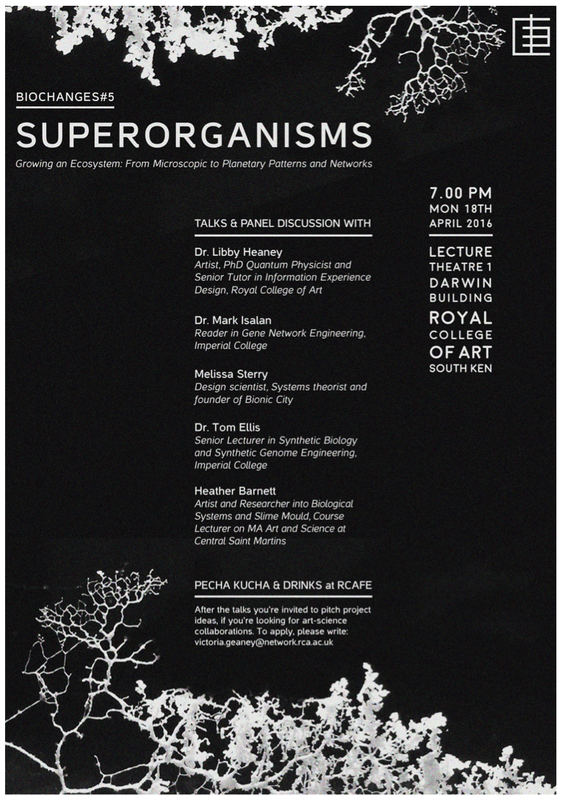
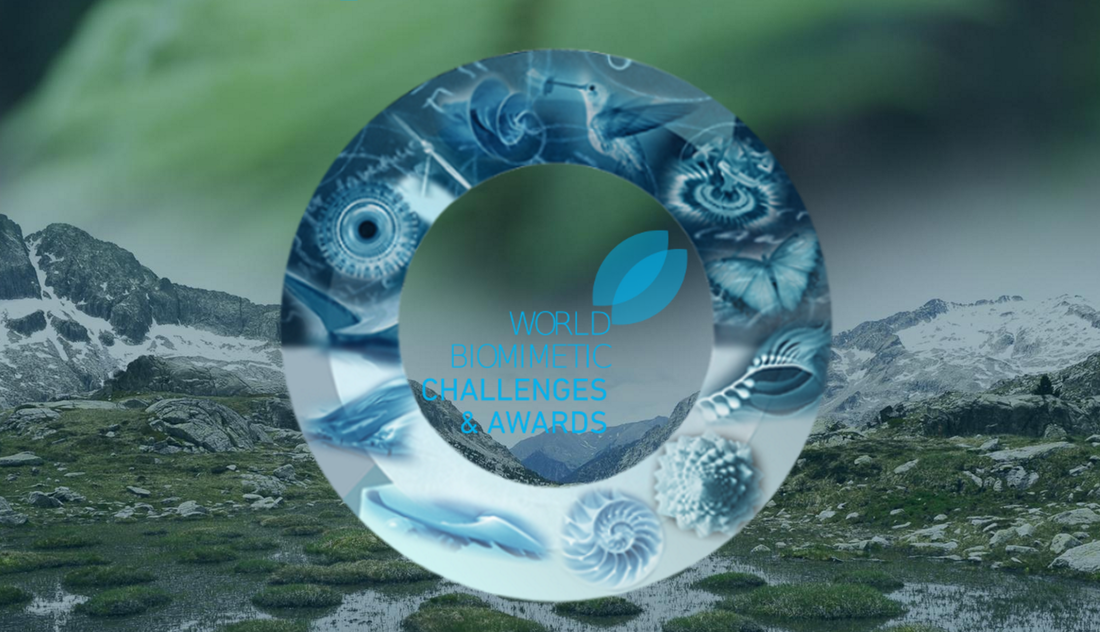
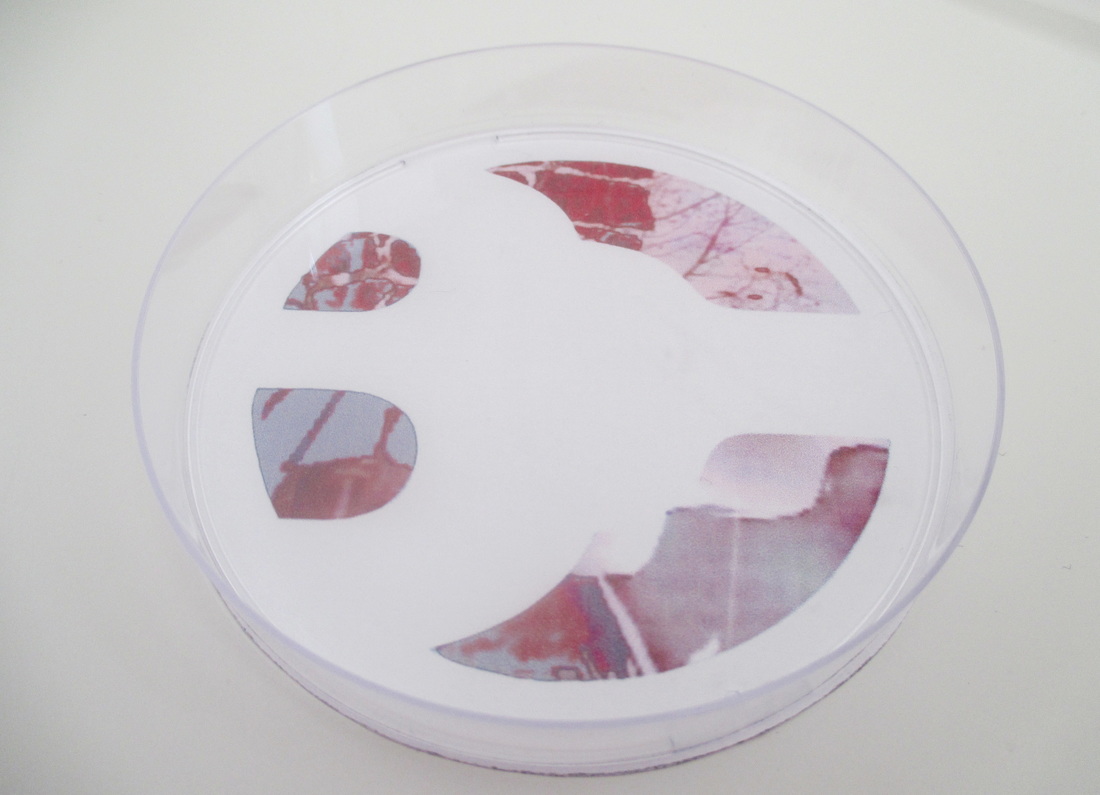
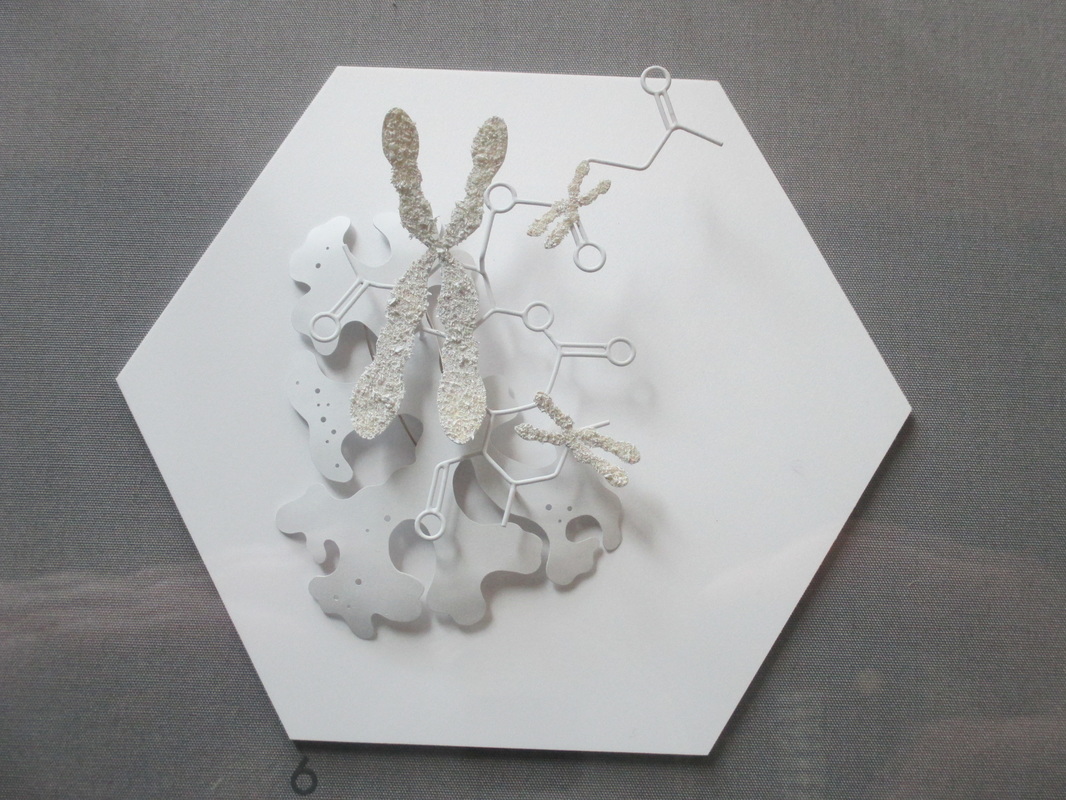
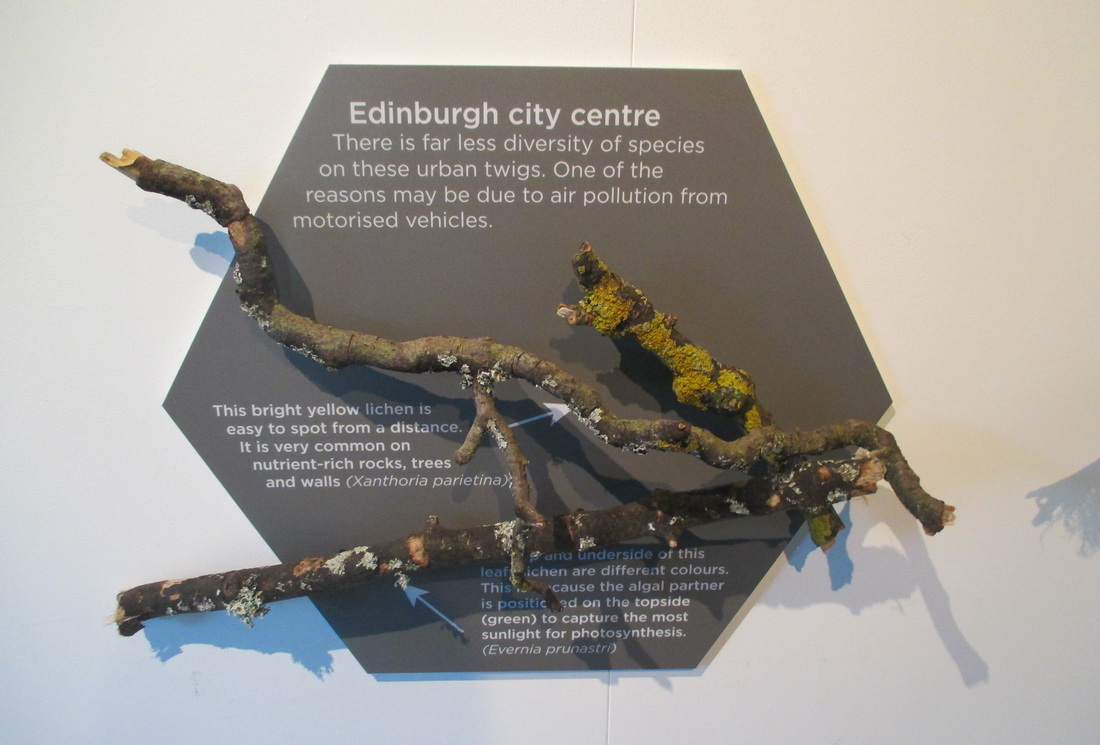
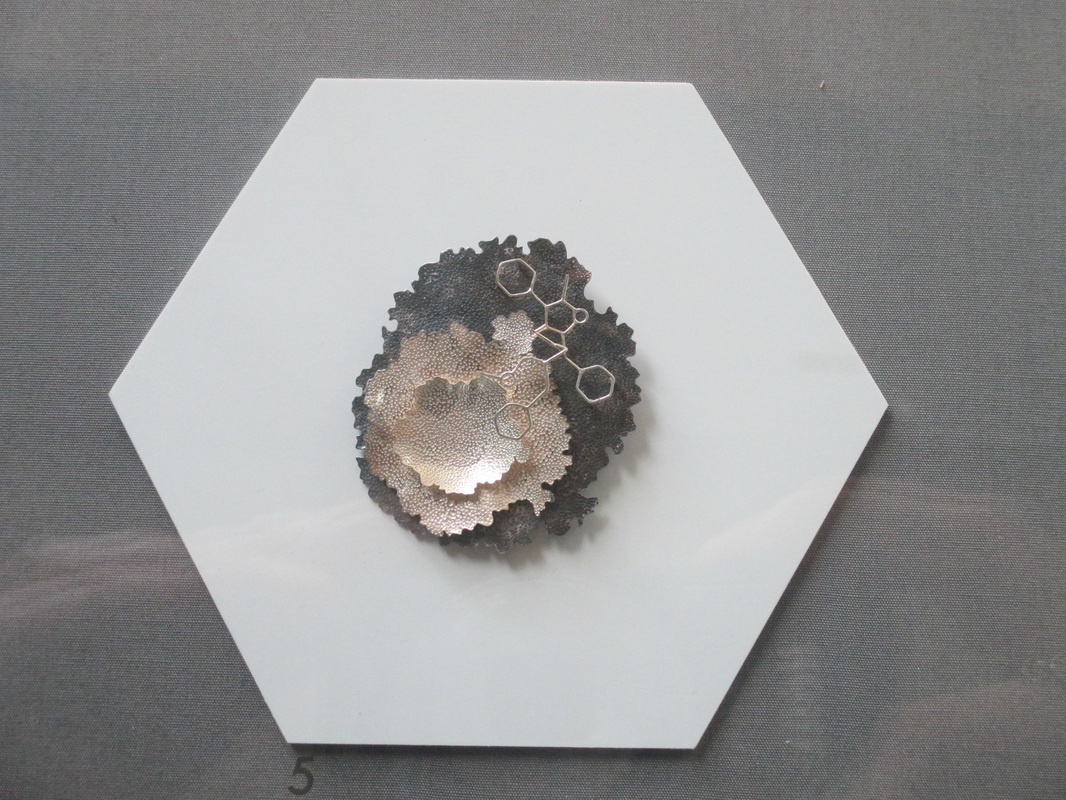
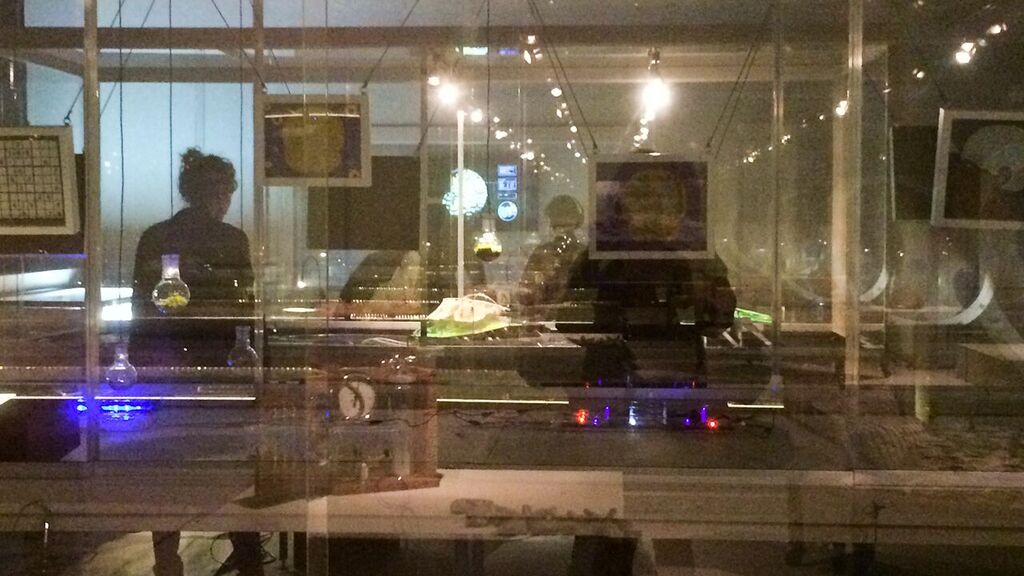
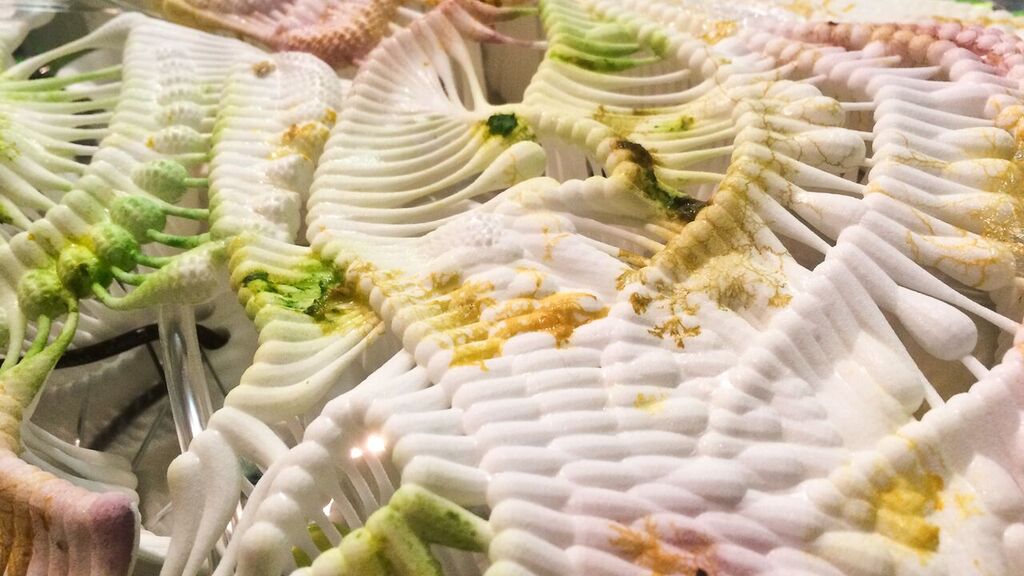
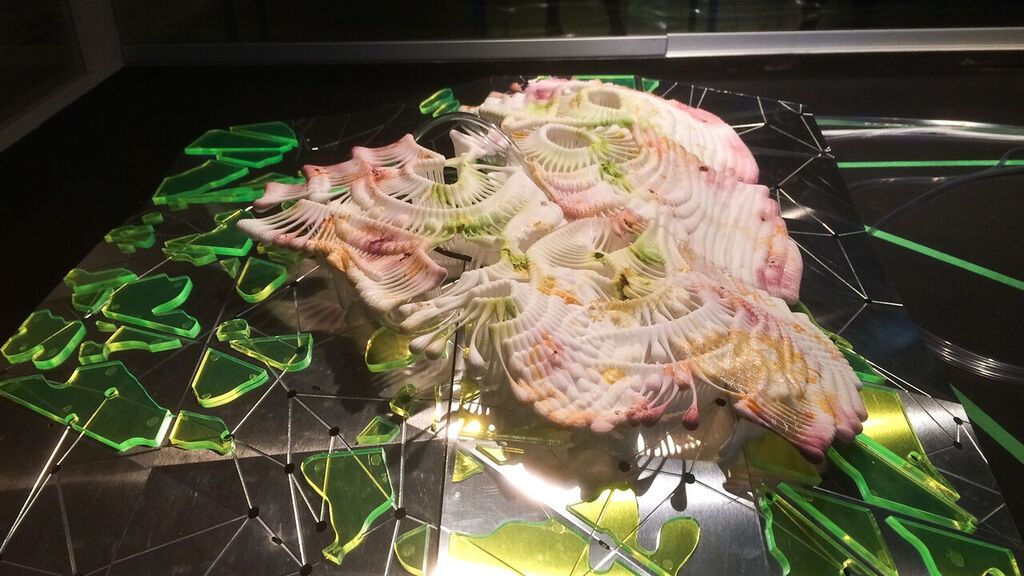
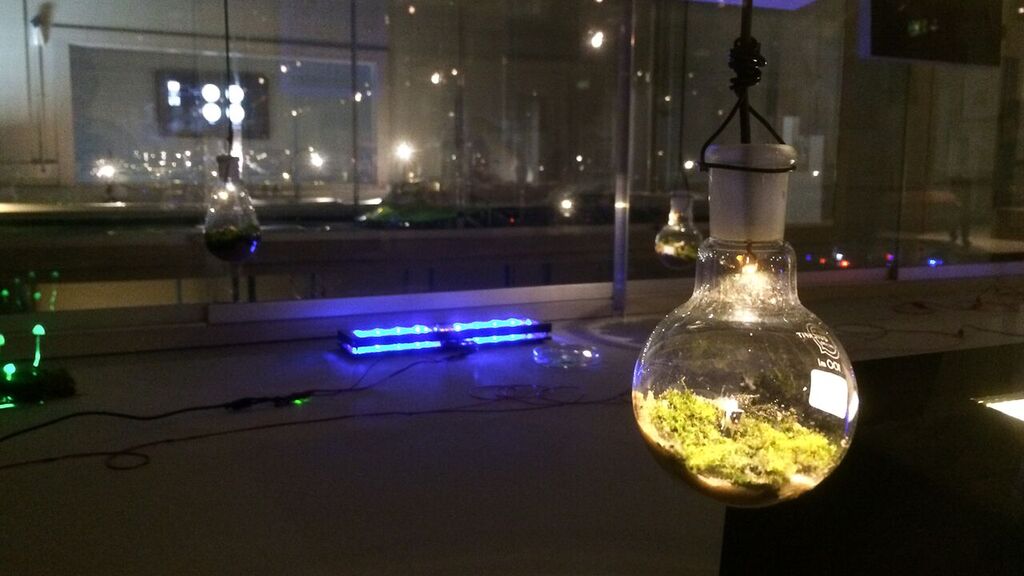
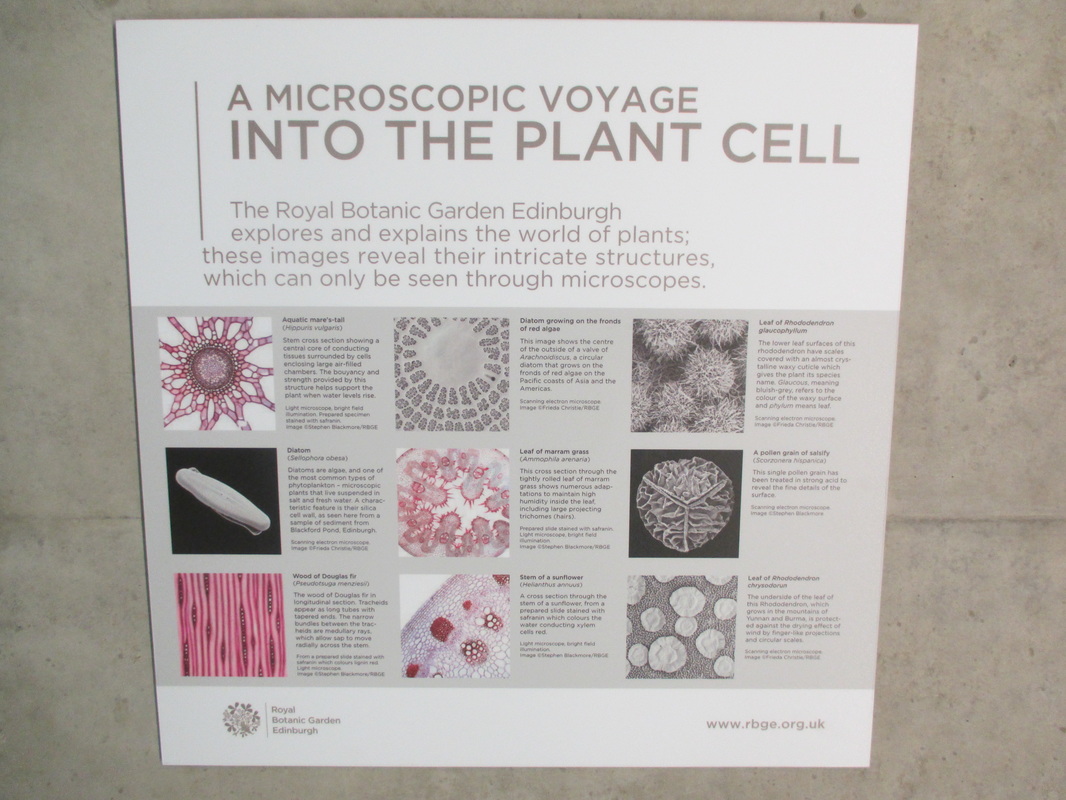
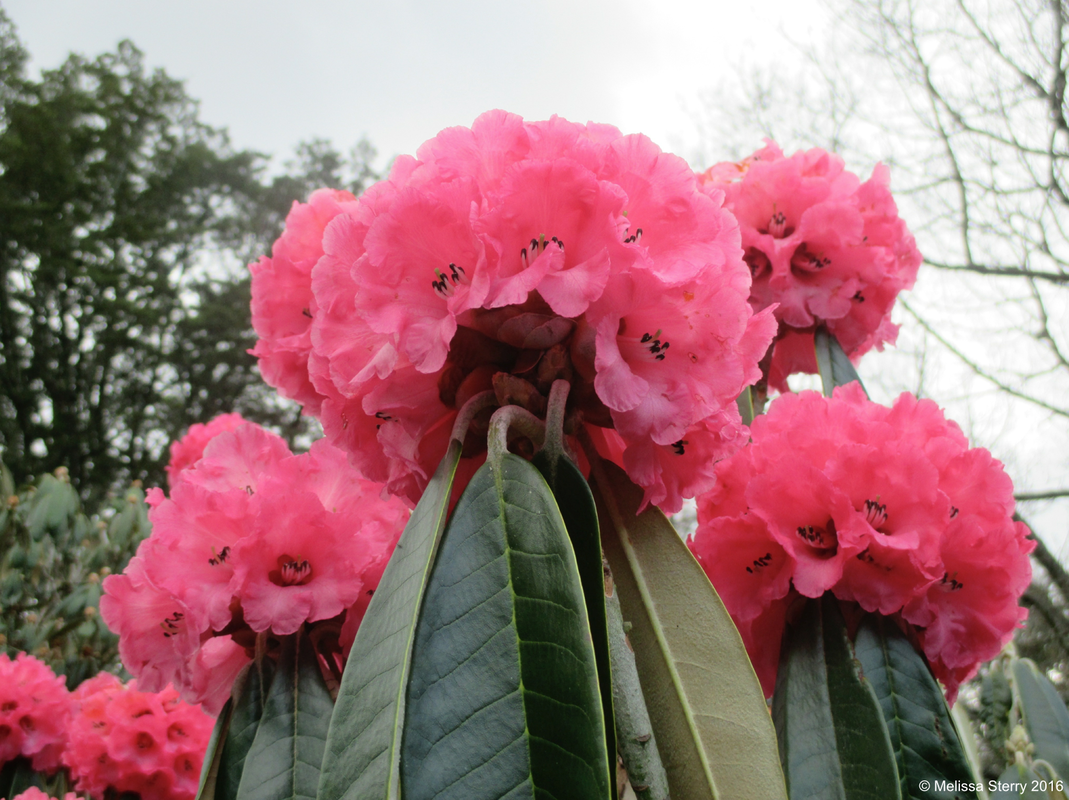
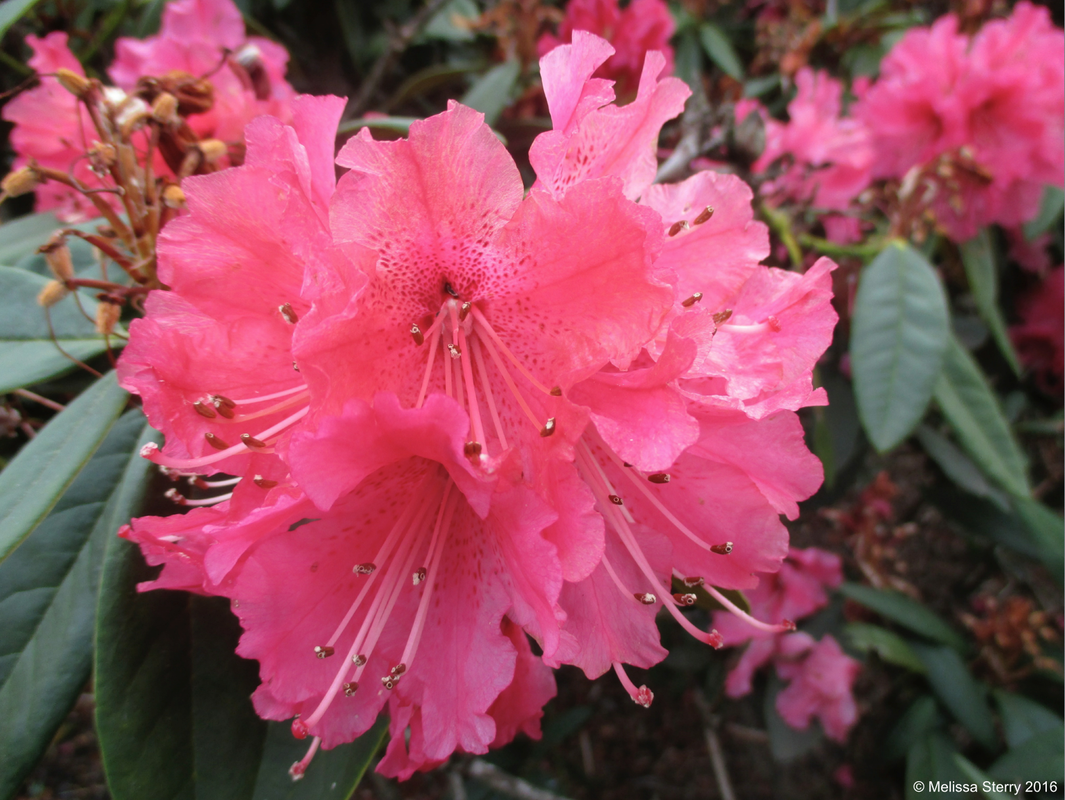
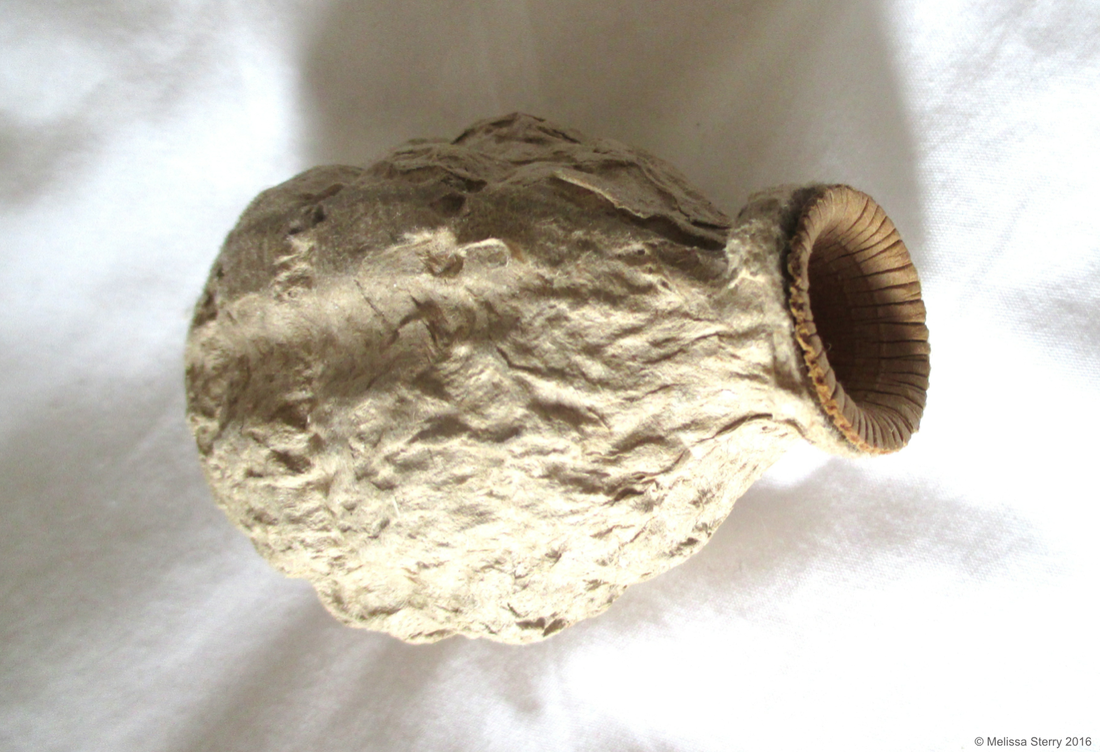
 RSS Feed
RSS Feed
